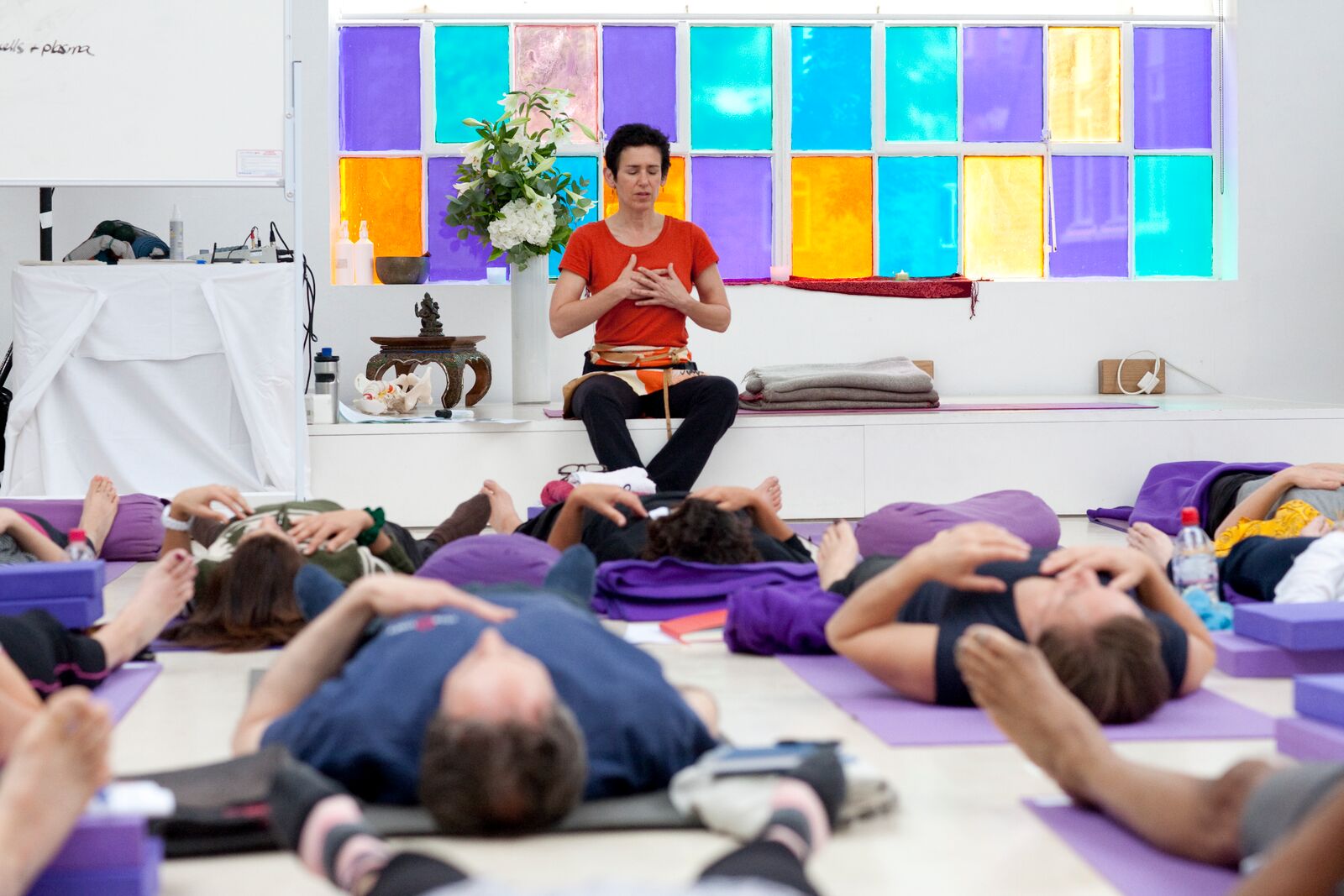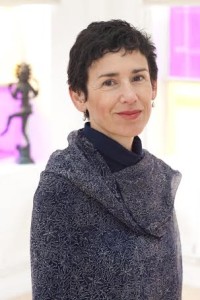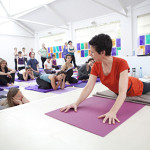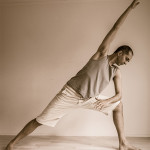
“My partner tells me the purpose of Yoga practice is very simple: To open the heart. I can think of no better definition.”
By Donna Farhi
First published in the March/April 1997 Yoga Journal USA, reprinted here by permission of Donna Farhi.
It’s late afternoon and one of my long-time students has come to visit. After a few minutes of chitchat, Sarah relates how inadequate she felt at the Yoga workshop she attended over the weekend. Just about everyone could do the advanced postures except her, and she left feeling that her practice was inferior. I asked Sarah what her life was like when she began practicing Yoga and whether she had noticed any changes since then. After a brief pause, all kinds of insights began to pour forth as she recalled how difficult and confused so many areas of her life had been and how so many of those rough patches had been smoothed over.
Since that meeting, I’ve been struggling with the question of how we measure success in Yoga practice– others’ and ours. I’ve begun to question the gauges we use to draw our conclusions.
In particular, I’ve noticed– in myself and others whose Yoga practice focuses on the physical postures– how deceptive the outward indicators of so-called achievement can be, and how some of the most remarkable changes can go unnoticed and unacknowledged. How do we measure a movement toward greater kindness and respect for others? How do we gauge the strengthening of presence and awareness?
Many of us entered the world of Yoga through the door marked “physical.” In measuring our success, it is too easy to make a direct correlation between our physical adeptness (or lack thereof) and the state of our souls.
We must begin to reevaluate our measuring devices so that our sense of satisfaction with others and ourselves is not identified with physical form. If we measure ourselves on the finicky jeweller’s scale of the back bends we can do, the arm balances we have mastered, and the flexibility of our hips, we will find ourselves cast adrift the moment any of these attributes is taken from us. Life gives and life takes. Through injuries, ageing, life changes, and sheer economics, we may find that what we could do yesterday we cannot do today. Will we then pronounce ourselves failures?
My partner tells me the purpose of Yoga practice is very simple: To open the heart. I can think of no better definition.When students query me about “the right way” and “doing things correctly,” I ask them to reframe their questions. I ask them to measure their success in their postures not by how far they went but by how aware they were in each moment. I ask them to judge the correctness of their positions not by what they look like but by what makes them feel most alive, most present, and most whole.
Instead of, “How many hours did I spend on the mat today?” we can ask, “How did I live my practice in every moment of the day?”
I fear that something is tragically missing in hatha yoga practice when I see someone who–through the most diligent effort– has managed to become a perfect posture instead of a person.
Our society tells us that success had to do with how much money we earn, what kind of car we drive, how we look. We would be foolish to think that just because we practice Yoga we are immune to the dangers of such superficial criteria. Three people show up to our class and we feel like a failure. Thirty people pack the studio and we pronounce that we’ve made it. As long as we measure success using society’s devices, we will be as fraught with fear of failure as any executive scrambling up the corporate ladder.
When we do balance in hand stand, when we finally accomplish that deep backbend, anyone who has been there could tell you: Nothing happens. It hasn’t brought us one iota closer to ourselves or others, unless somewhere along the way it helped us to open our hearts.
About Donna Farhi
Donna Farhi is a Yoga teacher who has been practicing for 40 years and teaching since 1982. She is one of the most sought after guest teachers in the world, leading intensives and teacher training programs internationally. Her approach to Yoga is informed by the refinement of natural and universal movement principles that underlie safe and sustainable Yoga practice. This concentration on fundamental principles allows students of all levels of experience and from all traditions to build their own authentic Yoga practice. Considered the “teacher of teachers” students return to Donna’s intensives year after year to be a part of the inspiring evolution of Donna’s own practice and teaching.
Donna is the author of four contemporary classics: The Breathing Book, Yoga Mind, Body & Spirit: A Return to Wholeness and Bringing Yoga to Life: The Everyday Practice of Enlightened Living. Her fourth book Teaching Yoga: Exploring the Teacher-Student Relationship is a curricular text for teaching trainings worldwide. After nearly four decades of practice Donna believes that Yoga is about learning to befriend our self and to be in friendship with others as a means to building greater fellowship with all of humanity. Her fifth book, co-authored with Leila Stuart, Pathways to a Centered Body: Gentle Yoga Therapy for Core Stability, Healing Back Pain and Moving with Ease, was released in May 2017. American born, Donna now resides in Christchurch, New Zealand on a 30-acre farm with her partner and her horses Santosha and Pavana.



Thank you for reminding me Donna that the true purpose of practice is how we take yoga into our lives and the World.
I agree Donna used to say it is no good being able to touch your toes unless you learnt something along the way!